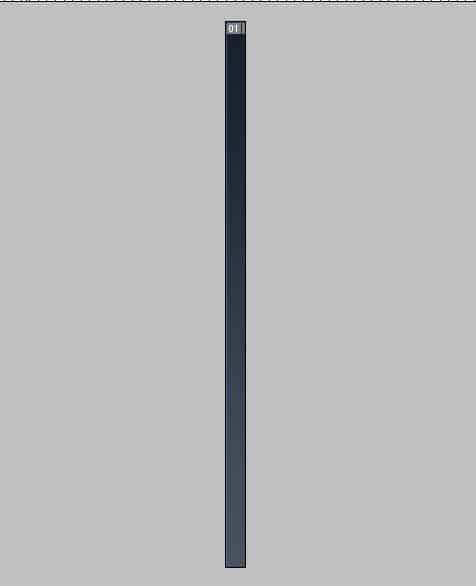
Together, these approaches to achieving transparency can produce a wide range of distinct effects and styles. The many color values that allow for transparency control provide multiple options for blending colors and content. As a result, the opacity of such background items is reduced. The objective behind employing opacity is to draw the user's attention to some items while keeping other background objects out of the way.The opacity property can be used to animate a fade-in and fade-out effect on items that should be seen only when needed. There are numerous reasons why opacity and translucent colors should be used in web design. When the opacity is reduced to a low value, the text or image may become completely invisible or illegible.The level of opacity will be determined after extensive testing in various browsers. With the background-blend-mode CSS property, we can apply an overlay on the background image with a small line of code. Another popular overlay style features a title or image caption on top of a translucent background. On the other hand, the opacity setting allows you to easily select varying degrees of transparency ranging from zero(0) to full(1). Translucent title text overlay covering part of the image. The opacity setting in CSS is an alternative to the visibility attribute.Note: IE8 and earlier versions support an alternative, the filter property. In general, it's recommended to use values with one decimal place, such as 0.3 or 0.7.Įxcept for Internet Explorer, the simplest and most up-to-date syntax for CSS opacity is as follows:

02, though the difference is extremely small.
#CSS TRANSLUCENT BACKGROUND HOW TO#
The opacity attribute can be set to two decimal places, so a value of. How to Change a CSS Background Image’s Opacity DigitalOcean Explore two approaches to change the opacity of an image in the background with CSS. By gradually increasing opacity value, the text will become more visible. So, a value of 0 makes an element not opaque at all or fully transparent, whereas a value of 1 makes an element appear totally opaque. The lower the opacity property value, the more transparent an element appears. The example uses the same CSS and div content and applies the effect on hover to the div element. In addition to above all methods, you can also make a transparent background color only on hover using the rgba() CSS color. The opacity of the channel (the alpha channel) is represented by a value ranging from 0 to 1. Transparency Background Color on hover Effect Using CSS. The initial value of opacity is 1 (100 percent opaque). A child element cannot be made less transparent than the parent. Opacity is not inherited but arises as a result of the parent's opacity, which applies to everything inside it. In CSS, the opacity indicates how transparent an element is.

The opacity property allows you to easily modify the opacity of pictures, text,, and other elements. Opacity is the degree to which the content underlying an element is hidden, and it is the inverse of transparency. The opacity property of CSS3 determines an element's opacity. In modern browsers or the latest version of browsers, you can simply use the property with the name as. These effects can be achieved using the opacity property, the transparent color name, or alpha channels, which are a color value extension with an additional segment for regulating opacity. Opacity is the degree of transparency of an element. Opacity can also be used to soften a shadow, de-emphasize non-essential content while performing a task, or fade stuff in and out of view. There are numerous ways to modify the opacity of elements when formatting HTML using CSS and multiple reasons to use this effect in a design. Essentially, this feature will enable you to change the number of diffused virtual light that appears to pass through a paragraph, image, or other page elements. The CSS opacity property allows web designers to specify how specific page elements will blend, providing style and emphasis to critical page parts. This post was prompted by Adam Wathan on Twitter:įor someone smarter than me ( can the new `color-mix()` function be used to adjust the opacity of a color with the right concoction of clever arguments?Ĭolor-mix(something, color-whose-opacity-i-want-to-override, some-way-to-specify-that-opacity)- Adam Wathan March 9, 2023

Here's one way to achieve that with color-mix(). Comes in handy for hover effects, edge highlights, shadows, etc. Css Table of contents The trick Try it The better way Resources CommentsĪ very common task is to programmatically create non-opaque versions of brand colors.


 0 kommentar(er)
0 kommentar(er)
